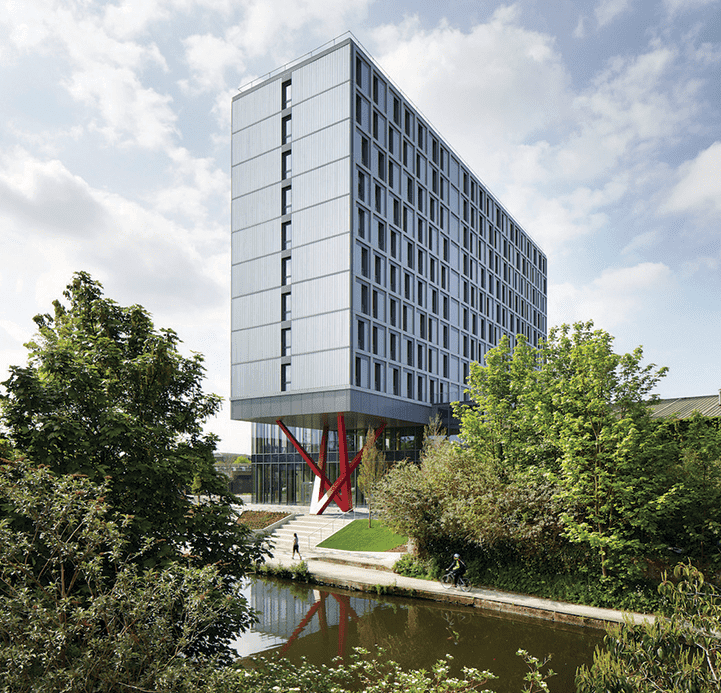FOREWORD
The young and the elderly are shaping demand for some of the industry's fastest growing asset classes
.png)
The young and the elderly are shaping demand for some of the industry's fastest growing asset classes
This report is about demand for living from different generations. We have focused primarily on two: the young and the elderly. They are shaping demand for some of the industry’s fastest growing asset classes.
The rising cost of residential real estate around the world, notably in cities, has made the prospect of owning a home unrealistic for many young people, who are now renting much longer than previous generations.
But this is increasingly a lifestyle choice. City-living, globally mobile, and settling down much later in life, flexible rental products are a natural fit for Generation Y.
At the other end of the spectrum, equity-rich empty nesters are also looking for new ways of living.
Healthier for longer, they want many of the same things Gen Y is looking for: quality accommodation in vibrant urban environments, access to amenities and a sense of community.
Many want be close to their grownup children, who are navigating national and international labour markets. New, flexible residential models are emerging to serve them too.
Student housing has shown how a specialist property investment can become part of the mainstream, and now other residentially related asset classes are following suit.
The market is now responding to under-served occupier groups by offering new and hybrid models that challenge conventional asset classes. Investors, capitalising on the secure income streams they offer, will continue to drive their growth.

Summary
Read the articles within this publication below
6 article(s) in this publication